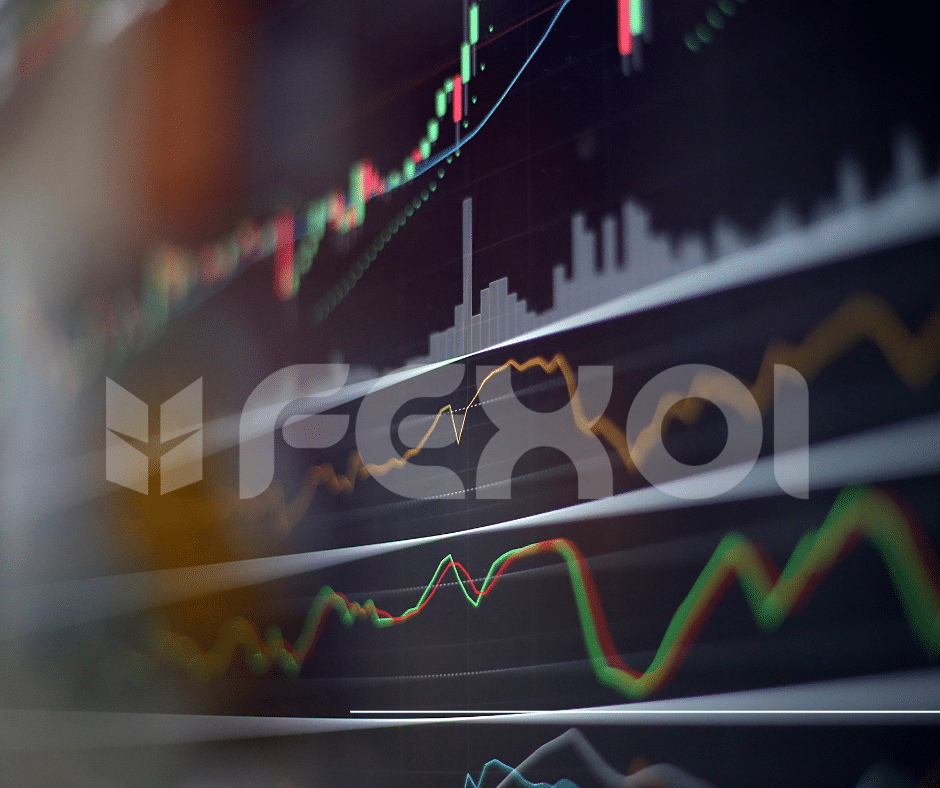If you’ve ever stared at your screen after the closing bell, watching stocks shift in price, you’ve probably wondered what’s happening after hours? That’s the world of after hours trading Dow, where things can move fast, unexpectedly, and without the noise of regular market hours. But is it something everyday investors should care about? And more importantly, can you actually use it to your advantage?
Let’s break it all down.
The Upside of After Hours Trading Dow
The New York Stock Exchange might close at 4:00 PM ET, but the market doesn’t sleep. In fact, after hours trading Dow activity can be just as important as the regular session. Let’s explore why.
More Time, More Opportunities
Imagine you’re at work all day, and by the time you check your stocks, the market’s already closed. With after hours trading Dow, you get a second chance. You can react to earnings reports, economic news, or even global market changes that hit after the bell.
Real-Time Reactions
Big companies like Apple or Amazon often report earnings after hours. If you’re quick, you can buy the dip or ride the wave. For Dow stocks, that means trading movements in giants like Boeing, Microsoft, or Johnson & Johnson before most investors are even aware of what’s going on.
Flexibility for Part-Time Traders
Not everyone has the luxury to watch markets during the 9:30 to 4:00 slot. That’s where after hours trading Dow becomes a lifesaver giving part-time traders, freelancers, and remote workers a chance to stay in the game.
The Risks of After Hours Dow Trading
But let’s not sugarcoat it after hours; it isn’t all green candles and fast gains. There are a few potholes along the road.
Lower Liquidity
Fewer traders means thinner volume. That often leads to wider spreads and less favorable execution. You may not get the price you want or get stuck waiting for someone to take the other side of your trade.
Higher Volatility
With fewer participants, small news can cause big moves. One earnings report could send a Dow stock flying or crashing in seconds.
No Guarantees
Just because a stock moves up after hours doesn’t mean it’ll hold when the market opens. In fact, it’s not uncommon for after hours rallies to fizzle out by morning.
How to Use After Hours Trading Down to Your Advantage
So, now that you know the pros and cons, how can you actually make it work for you?
1. Use Limit Orders Always
In after hours sessions, market orders can be dangerous. Set your price and stick to it. Let the market come to you.
2. Watch Earnings Calendars
Keep an eye on earnings dates. When Dow components are set to report, be ready. Tools like Earnings Whispers or Yahoo Finance calendars help you stay ahead.
3. Follow Futures
Futures markets, especially the DJIA after hours trading futures offer clues about how the Dow might open the next day.
4. Set Alerts
Don’t sit and stare at your screen. Use trading apps to set alerts so you’re notified if a Dow stock moves significantly after hours.
Secondary Market Insights
Here’s a breakdown of all the other key terms you’ll often hear related to after hours trading Dow and how they play into the bigger picture:
DJIA After Hours Trading
This refers specifically to the Dow Jones Industrial Average stocks traded after 4:00 PM. Watch for blue-chip stock movement here.
After Hours Dow Jones
This is just another way of saying the same thing: it’s where analysts and traders focus on Dow stocks reacting to news or reports.
DJIA After Hours
A shorter version, this term often pops up in finance headlines. Same idea movement of Dow stocks after the official close.
DJI Pre Market
This one matters if you’re looking ahead. These early moves in DJIA can give insight into what’s likely to happen at the open.
Dow Jones After Hours
Track this to stay on top of how major companies in the Dow react post-market.
Dow After Hours
This can be a mix of price action, news flow, and futures good for forming pre-market strategies.
DJI After Hours
Often used on trading platforms and terminals. Keep this on your watchlist if you’re a serious investor.
DJI Premarket
Useful for checking trends early in the morning. You can sometimes ride the momentum from after hours trading Dow into the pre-market.
After Market Movers
These are the big names making headlines. A sharp move in a Dow component here can mean opportunity or risk.
After Hours Dow
All terms lead back to this simplified way most people refer to after hours trading Dow activity.
FAQs about After Hours Trading Dow
Q1: Can I trade Dow Jones stocks after hours through any broker?
Yes, most major platforms like TD Ameritrade, Fidelity, Robinhood, and E*TRADE offers after hours access. But the exact times vary slightly.
Q2: What time does after hours trading start and end?
Typically, it starts at 4:00 PM ET and ends around 8:00 PM ET, though some brokers offer access until 9:00 PM.
Q3: Are prices reliable after hours?
Not always. Lower volume and fewer participants mean prices can be more volatile and less reliable.
Q4: Can beginners benefit from after hours trading Dow?
Yes, but they need to be cautious. Using limit orders and staying informed is key.
Q5: Is pre-market more important than after hours?
Not necessarily. Both have their own significance. Pre-market often reflects overnight news, while after hours reacts to late-breaking reports.
Final Thoughts
After hours trading Dow is no longer just for pros on Wall Street. With the right strategy, tools, and mindset, even everyday investors can make smart moves outside traditional hours. Whether you’re reacting to earnings, news, or just trying to squeeze more out of your time, the extended market is full of opportunities (and a few traps).
Just be smart. Stay informed. And never trade blindly.


